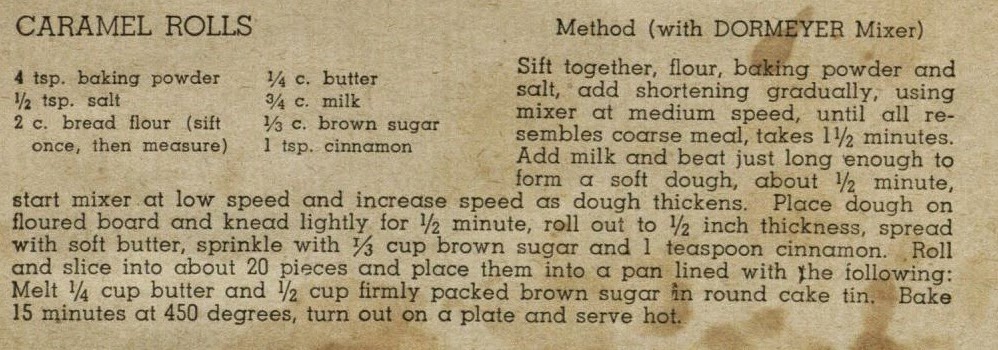You know what? Let's get to the point. Chocolate cake!
 |
| source |
| Favorite Fudge Cake 4 tbsp shortening* 2 c sugar, divided into 1½ and ½ cup 2 eggs, separated 4 oz unsweetened chocolate, melted 1 tsp vanilla 1¾ c flour 3 tsp baking powder ½ tsp salt 1½ c milk 1 c chopped nuts if desired Heat oven to 350°. Grease two 9" round cake pans, or one 8"x12" pan. Sift together the flour, baking powder, and salt. Set aside. Cream the shortening until light. Gradually add 1½ cups of the sugar, beating well the whole time. Add the egg yolks, and beat until light. Stir in the cocoa and the vanilla. Alternately add the flour and the milk, stirring just until mixed. Blend in the nuts, if using. Beat the egg whites to soft peaks. Gradually add the sugar, beating the whole time, until stiff peaks form. Stir one or two spoonfuls gently into the cake batter. When mixed, fold in the remaining meringue. Pour into the pans. For 9" layers, bake 40-45 minutes. For an 8"x12" pan, bake 50-55 minutes. Note from the original: This cake has a delicious fudge-like flavor and consistency, and is complete without icing. If you prefer it iced, however, use a cooked fudge icing, a chocolate butter icing, a cooked white icing, or any type desired.† *I use butter if I have no shortening on hand, and it comes out just fine. †The Betty Crocker people didn't suggest this, but powdered sugar with just enough coffee to thin it to a glaze consistency is really nice on top of this.
Source: Betty Crocker's 15 Prize Recipes: Favorites of Each Year - 1921 to 1936 by General Mills, via University of North Carolina at Greensboro Digital Collections
|
This comes to us from a recipe handout from the Betty Crocker radio show. It's the only recipe that has a note at the end telling you why you should totally make it right now; every other one just has ingredients and instructions. Apparently a lot of people in the middle of the Depression swore by this recipe's ability to snag a man. Purely out of academic interest, we would like to see if it still works today.
 |
| Shortening, sugar, and a cholesterol ball. |
Now, as aforementioned, a lot of people have resorted to the stove to cure their singlehood. We at A Book of Cookrye have noticed that recipes sworn to snare the preferred sex are usually very simple. There are no reports of people falling heels over head for the one who made something like a Hungarian seven-layer hazelnut torte. However, a lot many people swear they snagged their beloved by deploying things like baked chicken, brownies, apple pie, or blueberry boy bait. You notice how none of those are particularly fancy?
 |
| Well, at least it's not unnervingly white anymore... |
Chocolate cake is one of those many things a lot of people try to bait potential beloveds with. So we're going to see if this one has any date-catching potential. And even if it doesn't, does it at least live up to the "delicious, fudge-like flavor and consistency" promised in the recipe afternote?
 |
| If you can stir this chocolate stuff and somehow not taste it, you have no soul. |
Now, usually when you do this alternately adding in ingredients, you start with the flour. Usually. But we at A Book of Cookrye recommend you add the milk first to make the chocolate paste stuff (which, if you didn't taste it yet, you should) a bit runnier lest this happen.
 |
| Remember when you made a homemade facsimile of Play-Doh in first grade? |
But however much it looked like it wouldn't turn into cake batter at first, we ended up with... this!
 | |
| Behold, for it is lovely. |
You have no idea how good this tasted. It's like chocolate heaven in a mixing bowl. I guess when there's a Depression on, no one wants to waste their budget on bad cake, so you know this is going to be good.
 |
| One of the side effects of cutting recipes in half is sometimes your egg whites don't live up to the bowl you put them in. |
A lot of times you have to carefully fold in the egg white foam one spoonful at a time, but with this recipe you can just dump them all at once and it works out just fine.
 |
| You've got no idea how delicious this is. |
Look at it! It's so creamy and dreamy, and it tasted so divoon I nearly turned off the oven and ate it all right out of the pan.
 |
| Turn off the oven and bring forth a spoon. |
At this point, we dropped our skepticism about this having a fudge-like consistency and decided that what was called a cake was in fact a recipe for brownies.
However, the cake did collapse on itself a bit, making it unfortunately look a little bit like brains.
 |
| Chocolate braaaaaaaains! |
But you know what? It doesn't matter if it looks like brains on top. This is seriously amazing. It's fudgy and dense, but it's not at all heavy. And it's so chocolatey. It may help you get a date, but you'd have to let other people eat it first.








































